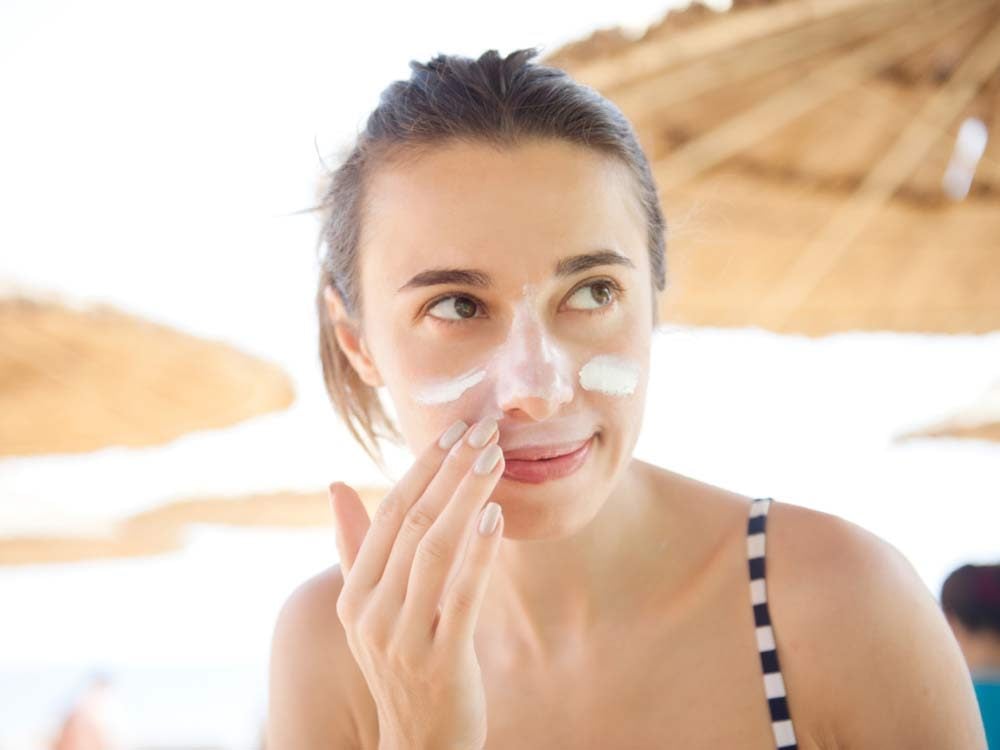
Sunscreen Tips Everyone Should Follow
Make sure you get enough
On average, people apply one quarter of the sunscreen required to get the SPF indicated on the bottle, says Dr. Swen Malte John, chairman of the department of dermatology, environmental medicine and health theory at the University of Osnabrück in Germany. Adults need to use about two teaspoons if they’re wearing clothes that expose their face, arms and neck, or two tablespoons (the equivalent of a shot glass) for the whole body. A nickel-sized dollop should cover the face alone. Reapply at least every two hours.
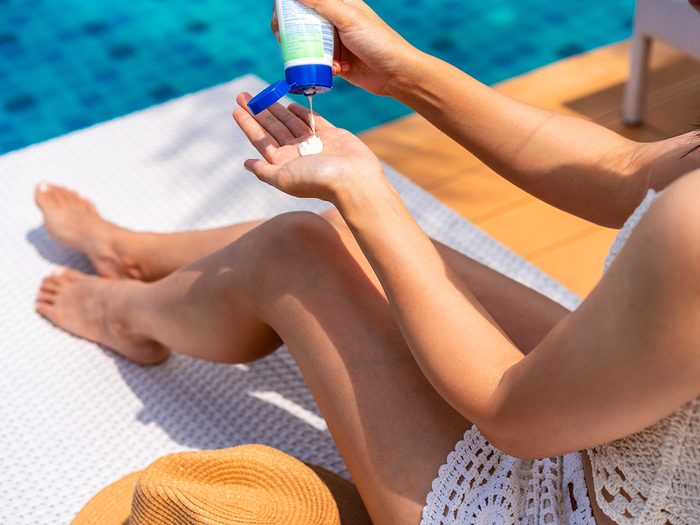
Know your numbers
Of all the sunscreen tips, understanding what sun protection factor (SPF) ratings actually mean is perhaps the most important. A sunscreen with an SPF of 15 filters out about 93 percent of cancer-causing UVB rays, while an SPF of 30 protects against 97 percent of them. SPF 50 stops 98 percent, and SPF 100 stops 99 percent. So the higher the SPF, the more marginal the difference—and no sunscreen is able to protect you from all UVB rays.
Try these tricks to keep your house cool without AC.
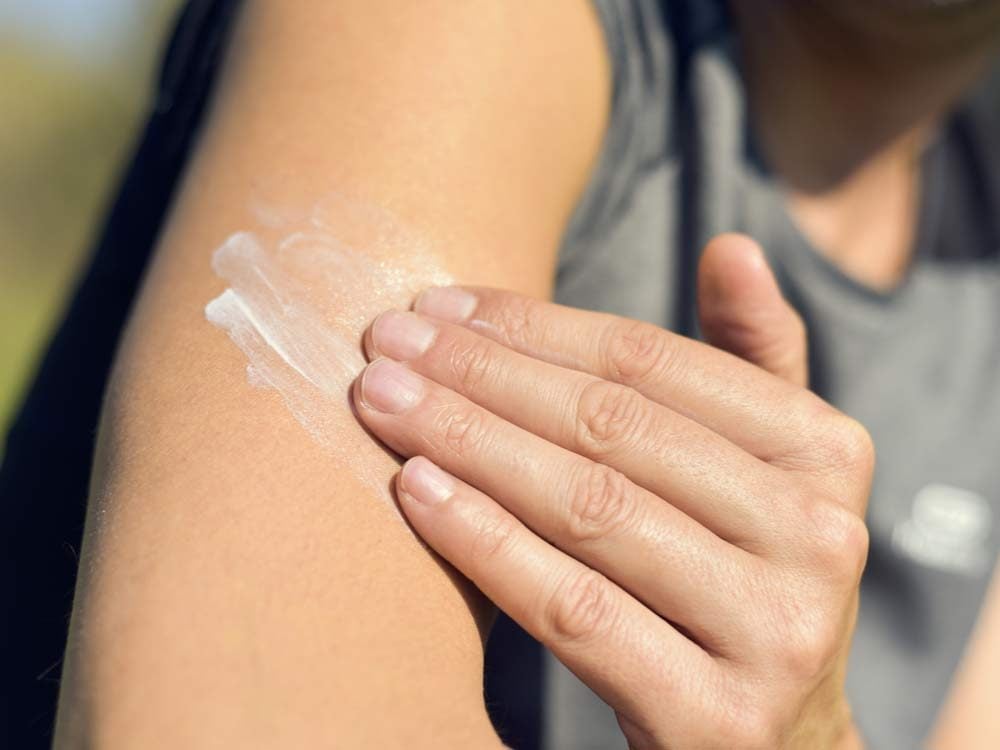
Mind the A rays
Both UVA and UVB rays contribute to cancer and premature skin aging, but UVAs are sneakier—they don’t cause burns. To make sure your sunscreen is keeping both at bay, look for the phrases “broad spectrum,” “multi-spectrum” or “UVA/UVB protection” on the label.
Find out how to stay cool in extreme heat.
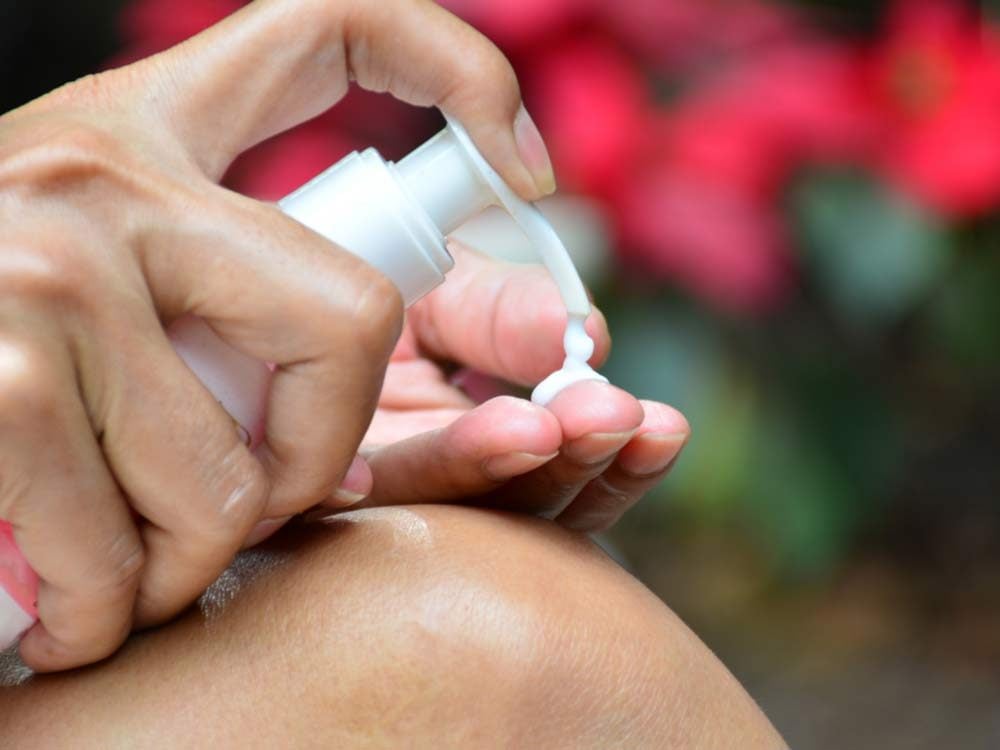
Check the best-before date
If a bottle has been sitting around for a while, give it a shake before applying. This will remix the ingredients and make sure you get the right proportions on your skin. Sunscreen doesn’t retain its efficacy for more than three years, so toss it if it’s past the expiration date.
Brush up on the expiration dates you should never ignore.
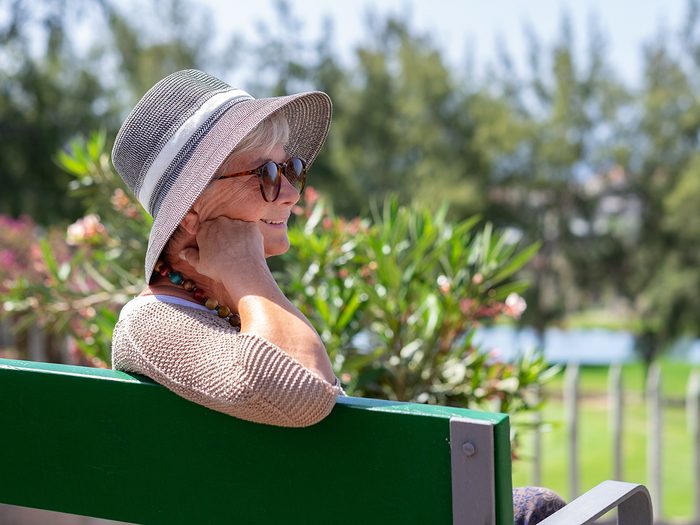
Remember your peepers
It’s not only skin that can burn: the surface of the eye is vulnerable, too. Even if you don’t notice any symptoms of an eye sunburn (pain, redness, tears, light sensitivity, swelling, headache), UV rays could still be causing damage that could lead to cataracts or pterygium (tissue growth on the eye) in the long run. Don’t head out without UV-blocking sunglasses. The protection comes from an invisible chemical in the lenses, so refrain from judging the glasses’ ability to shield you based on their colour or darkness. Read the product’s labelling instead.
Find out how to maintain healthy eyes at every age.

Consider your environment
Your exposure to UV rays depends on where you’re located. The closer you are to the equator, the stronger they’ll be. The same goes for altitude. For every 1,000 metres you climb, UV levels go up by about 10 percent. Never let your guard down because of clouds: even when the sky is completely overcast, up to 40 percent of UV rays still reach the ground. Many of the most serious sunburns happen on grey days, because people mistakenly believe they don’t need protection.
Psst—this is the warmest place in Canada.
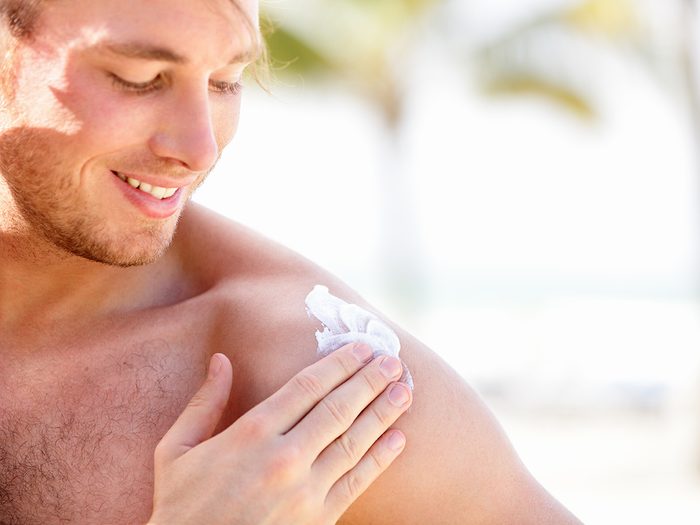
Anything’s better than nothing
Why are there SPFs such as 8 or 15 at all? The reason is “partly historical and partly aesthetic,” says Dr. Jennifer Beecker, national chair of the Canadian Dermatology Association’s sun awareness program. “Sunscreens are getting increasingly sheer and non-greasy, but it’s easier to make a texturally pleasing one in 15 than in 50.”
While it’s better to wear something than nothing, Dr. Beecker notes that lower-SPF sunscreens are not sufficient for prolonged amounts of time spent outside. Overestimating the efficacy of these products can be as dangerous as wearing no sunscreen at all.
Don’t miss our summer heat survival guide.
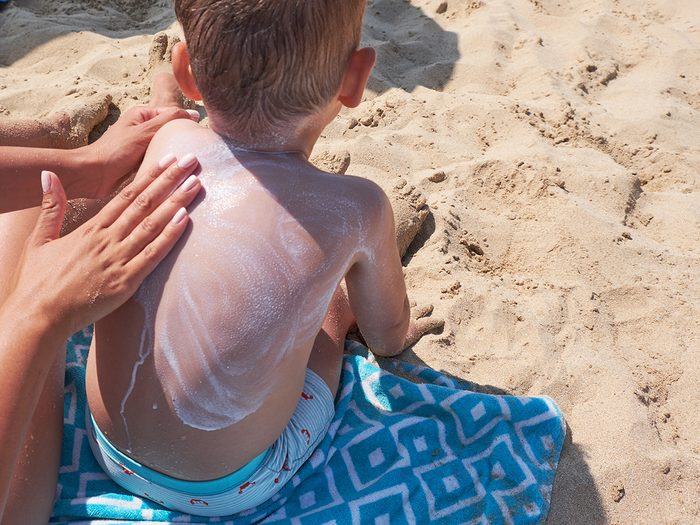
Get full coverage
Slather any and all exposed skin: commonly overlooked areas include the ears, neck, the top of the feet, the back of the knees and the hard-to-reach upper back. If you’re also wearing makeup or using bug spray, put on the sunscreen first—active sunscreen ingredients need to have direct contact with the skin to do their job. While sunscreen can be applied immediately before heading outside, waiting 20 minutes for it to dry can help it remain in place.
Find out the best foods to eat for healthy, glowing skin.
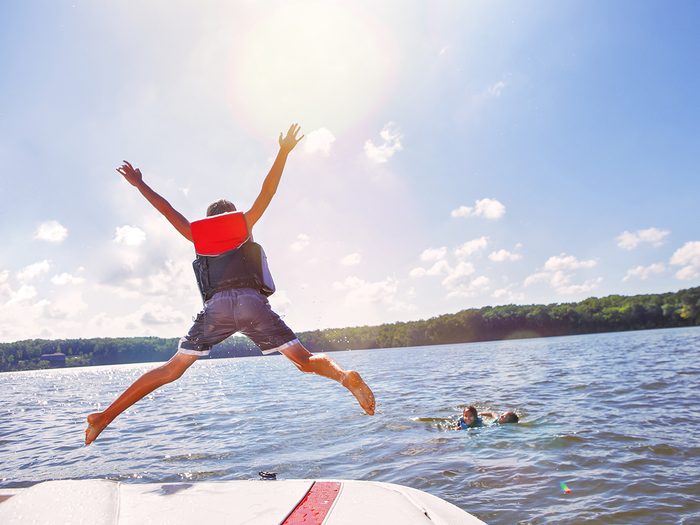
Resistant, but not waterproof
Some sunscreens are “water resistant,” which means they’ll protect the skin for longer before water or perspiration washes them away. This doesn’t mean you can swim or sweat as much as you like without putting on more sunscreen. Keep in mind that while water does absorb some UV rays, “there are still enough to burn you near the surface,” says Beecker—and you may not notice because you’re staying cool. Whether your sunscreen is water resistant or not, reapply it once you get back on dry land.
Here’s why you might want to switch to an oxybenzone-free sunscreen.
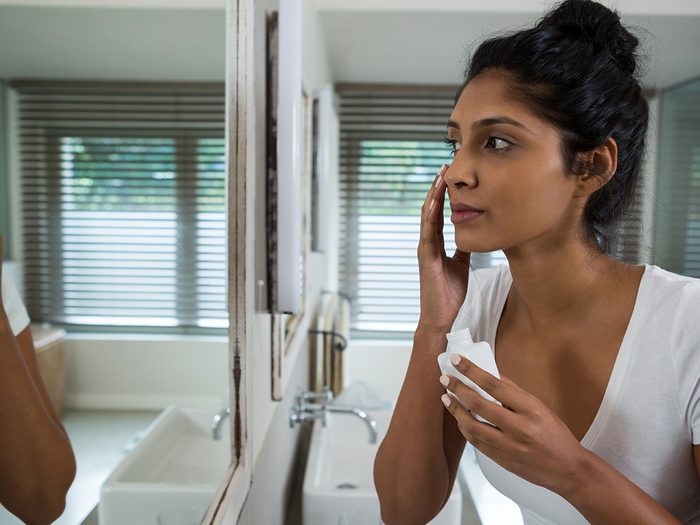
For one and all
Darker skin is less susceptible to UV damage, but nobody is immune to skin cancer. What’s more, when skin cancer does develop in dark-skinned people, it tends to go undetected for longer and grow more deadly. These sunscreen tips are recommended for all skin tones.
Now that you’ve got these sunscreen tips under your belt, check out the skin cancer symptoms you might be ignoring.